Pachon Navarro
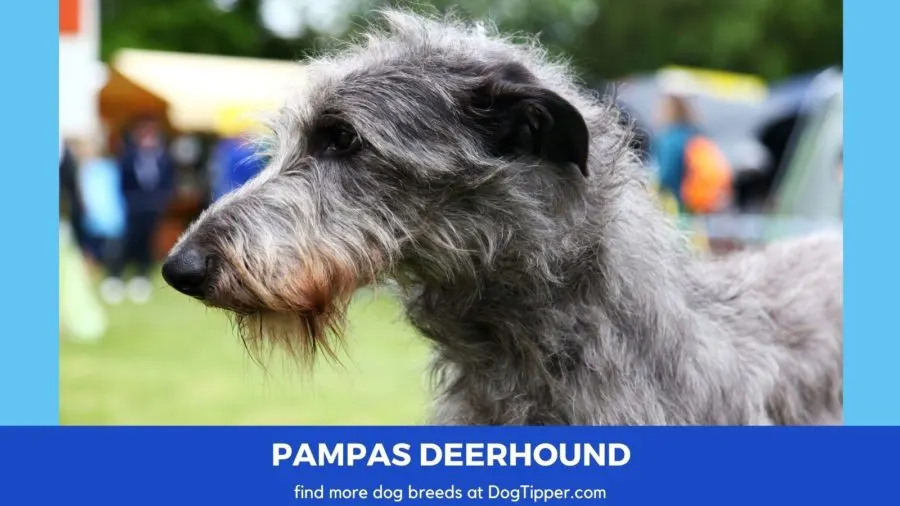
Pampas Deerhound
Paisley Terrier
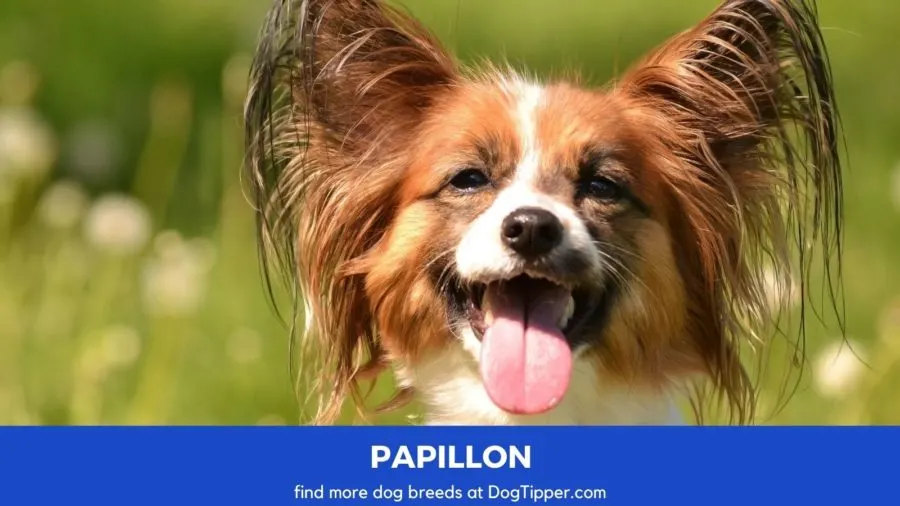
Papillon
Papillon dogs are ancestors of the Dwarf Spaniels that were extremely popular throughout Europe as early as the 16th century. The name Papillon–French for butterfly–is appropriate for this dog’s beautiful butterfly shape of his face and ears. (For a while, the Papillon had a less dignified name: it was called the Squirrel Spaniel because of the resemblance it had to a squirrel as it carried its tail over the back when walking.)
Today Papillon dogs are found with both droopy ears and prick ears (sometimes mixed within the same litter). Droopy-eared Papillon dogs in the United States are known as a “Phalene”, a French word meaning moth. In Europe these highly intelligent dogs are called the Continental Toy Spaniel or the Epagneul Nain.
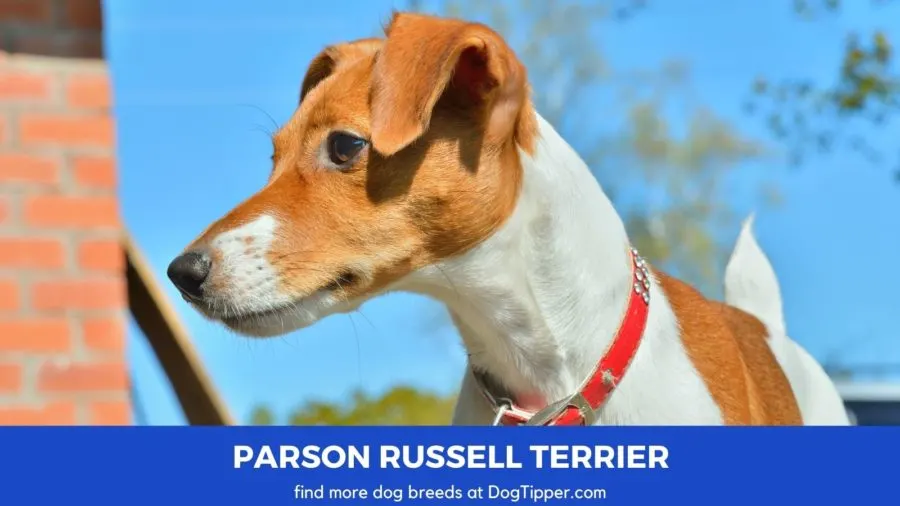
Parson Russell Terrier
Like the Jack Russell Terrier, the Parson Russell Terrier was developed by Britain’s Reverend John “Jack” Russell as a breed that could be spotted easily by fox hunters and identified as a dog, not a fox.
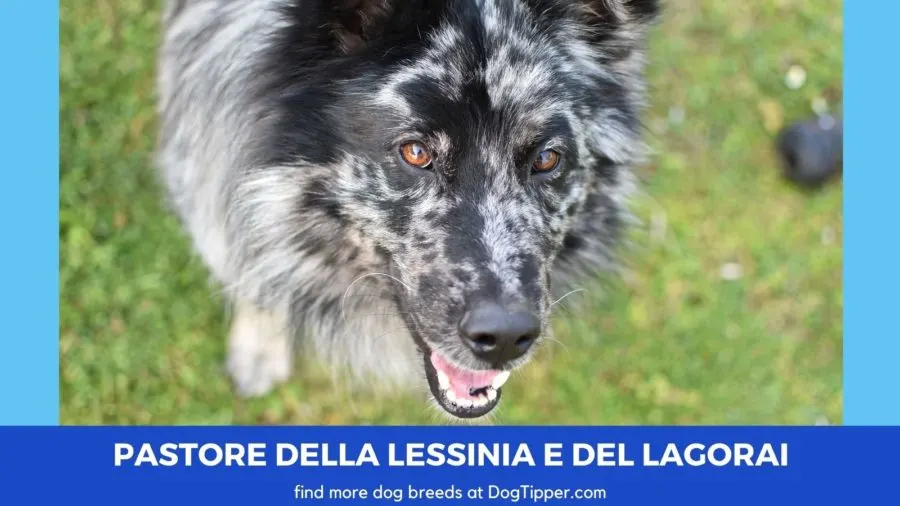
Pastore della Lessinia e del Lagorai
Patagonian Sheepdog
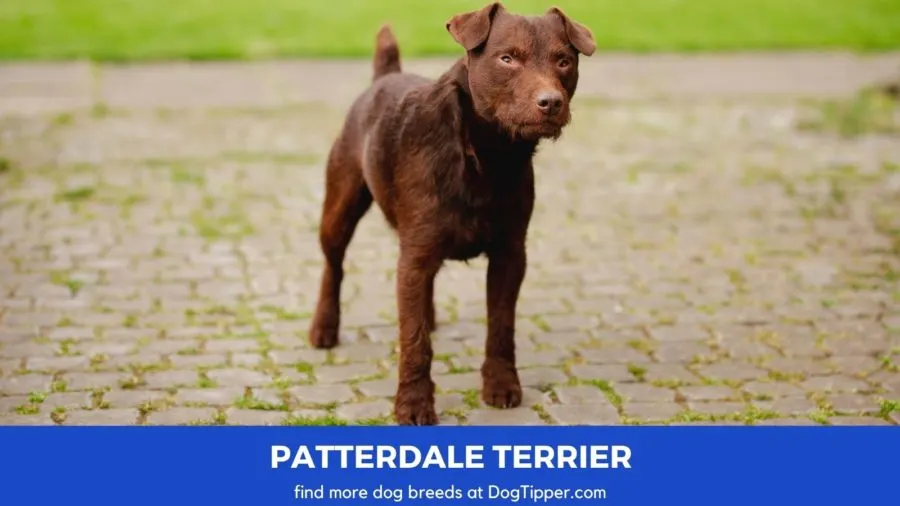
Patterdale Terrier
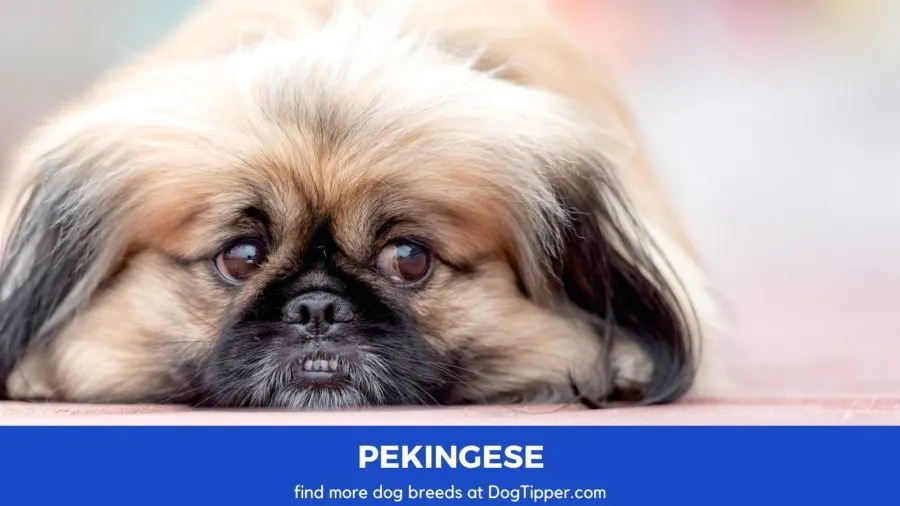
Pekingese
This toy breed originated in ancient China, a favorite of the ruling class. These dogs are known for their rolling gait and their “lion’s mane” fur.
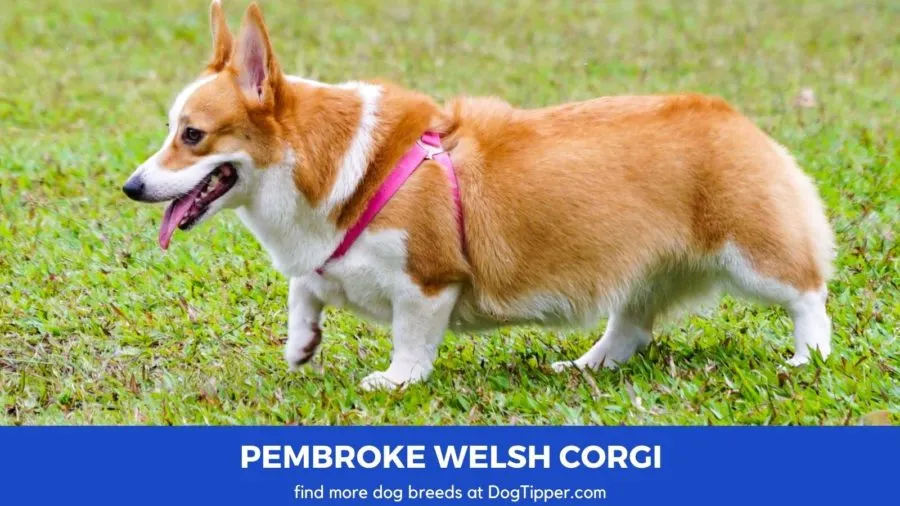
Pembroke Welsh Corgi
Perro Majorero
Perro de Pastor Mallorquin
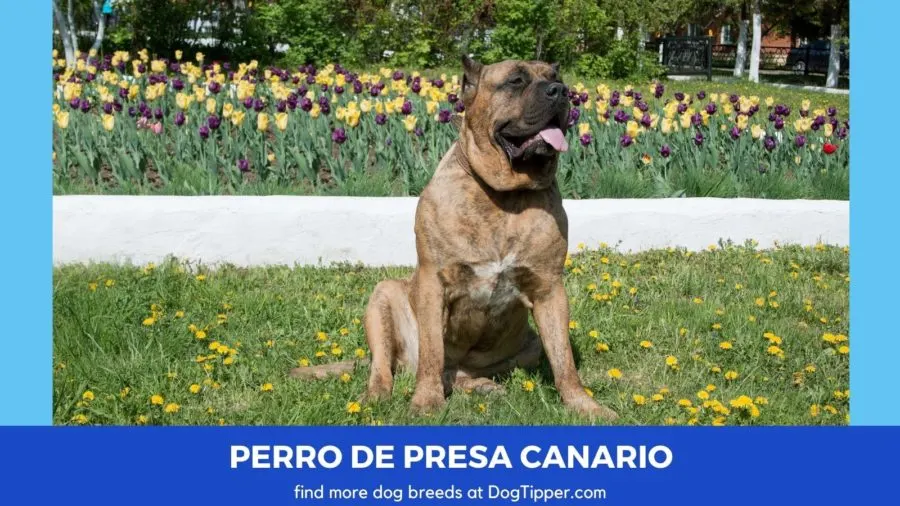
Perro de Presa Canario
Perro de Presa Mallorquin
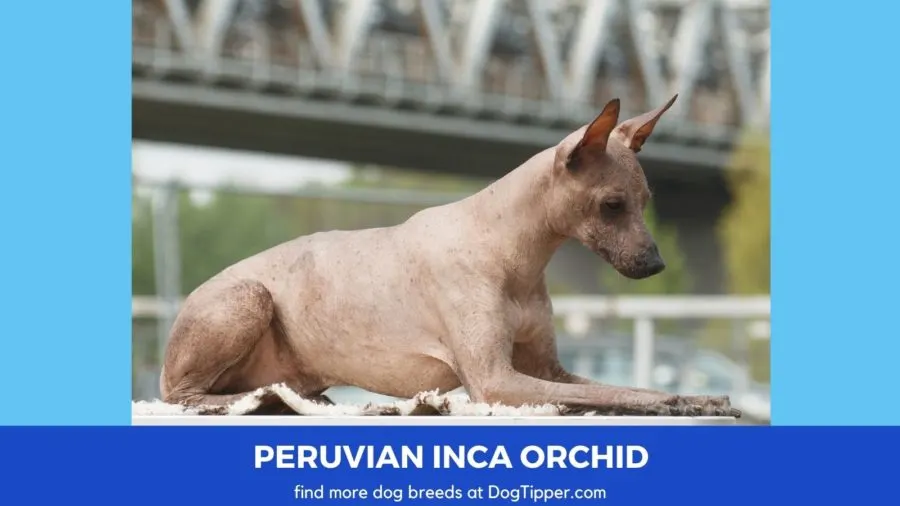
Peruvian Inca Orchid
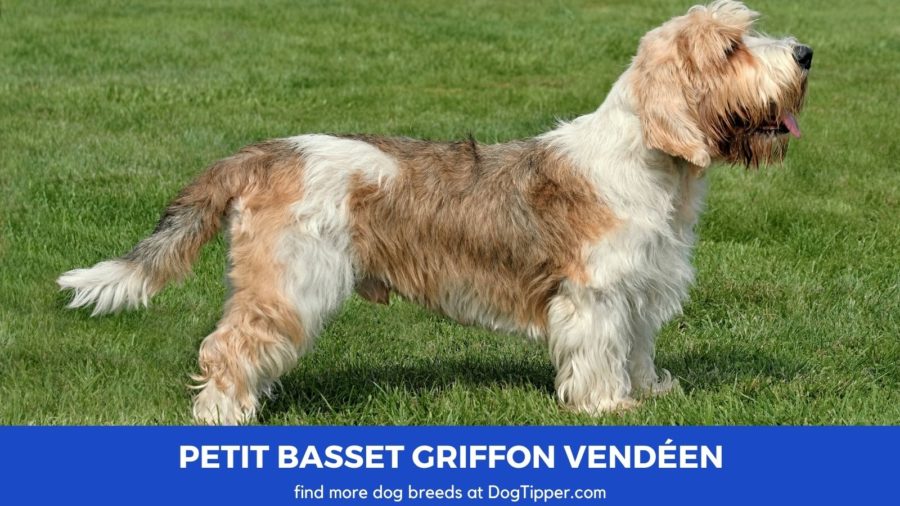
Petit Basset Griffon Vendéen
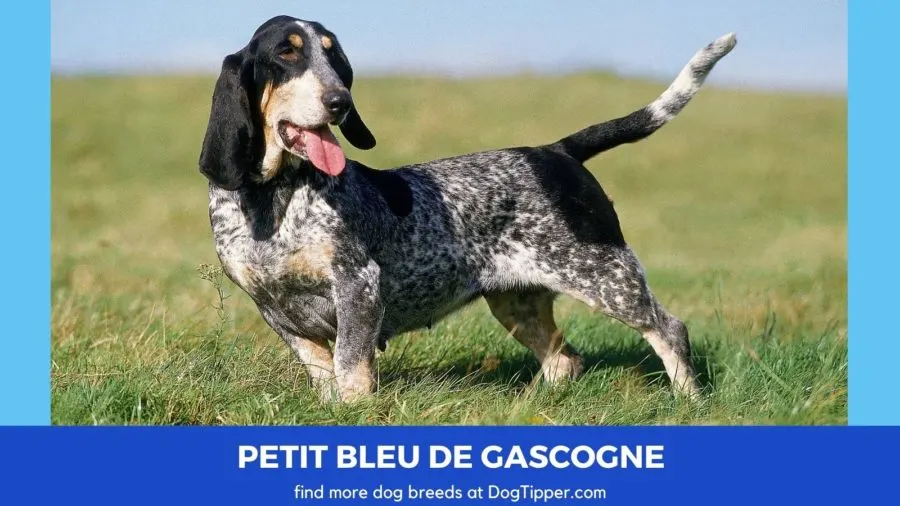
Petit Bleu de Gascogne
Phalène
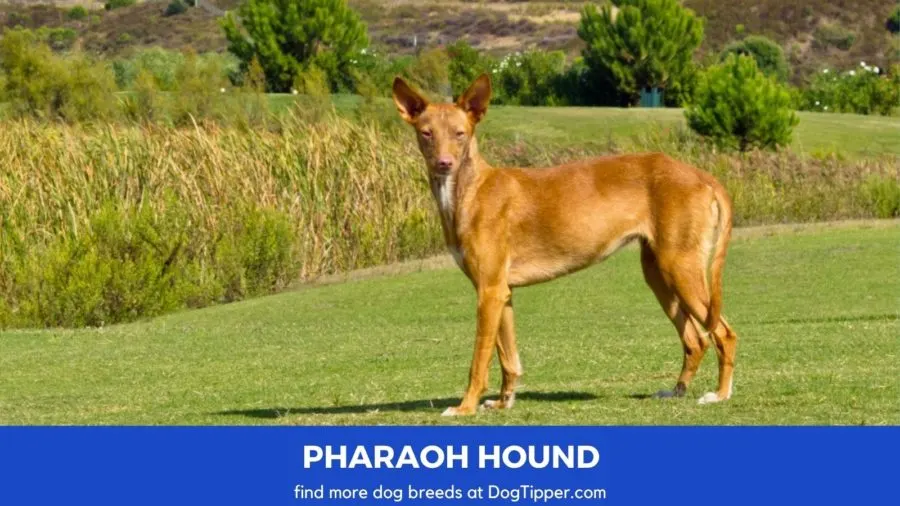
Pharaoh Hound
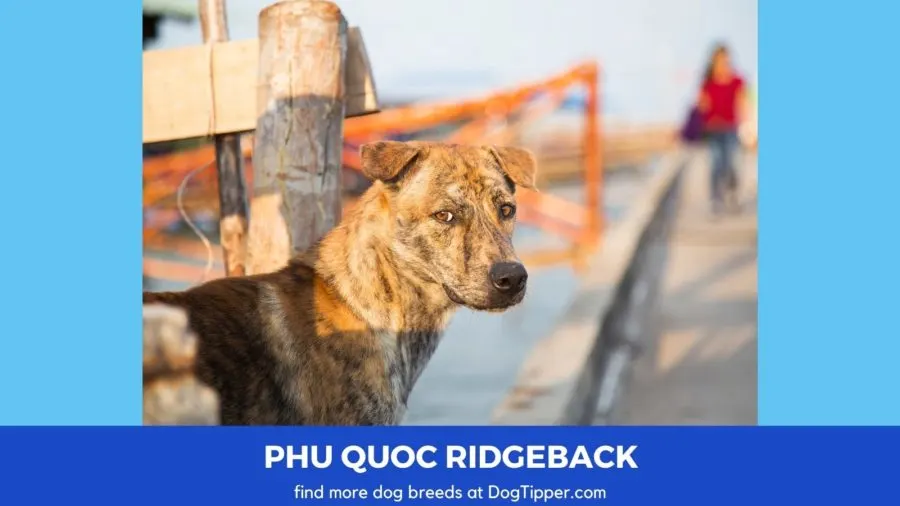
Phu Quoc Ridgeback
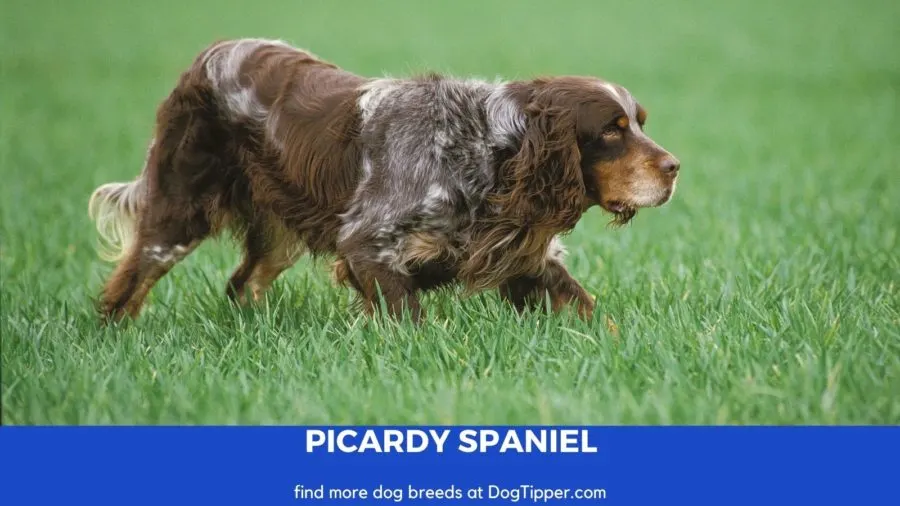
Picardy Spaniel
Plummer Terrier
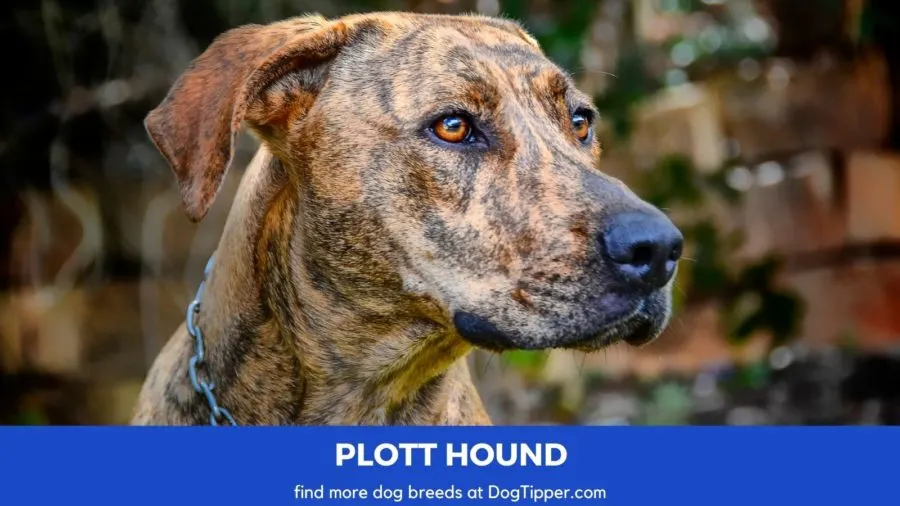
Plott Hound

Podenco Canario
Podenco Valenciano
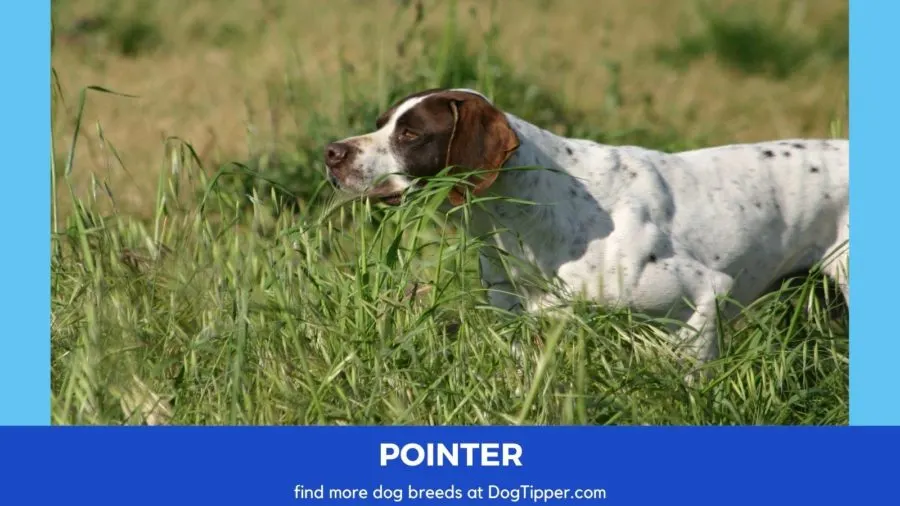
Pointer
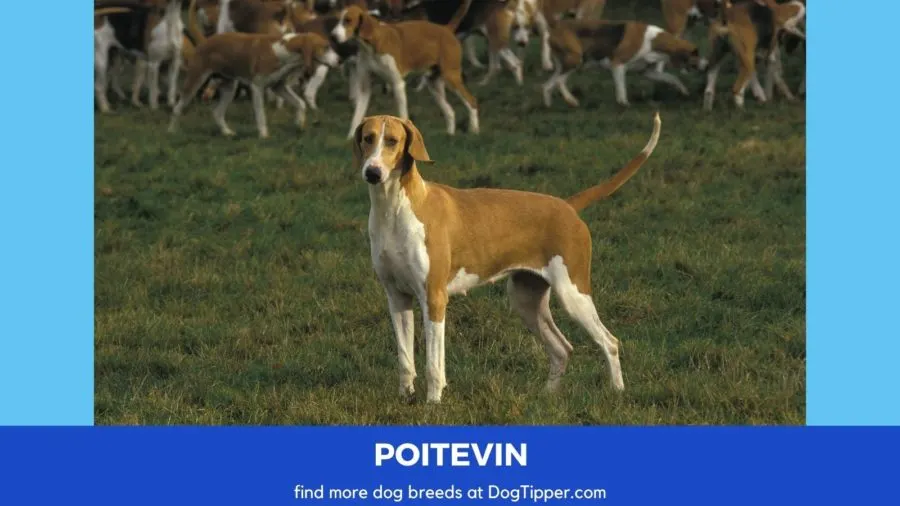
Poitevin
Polish Greyhound
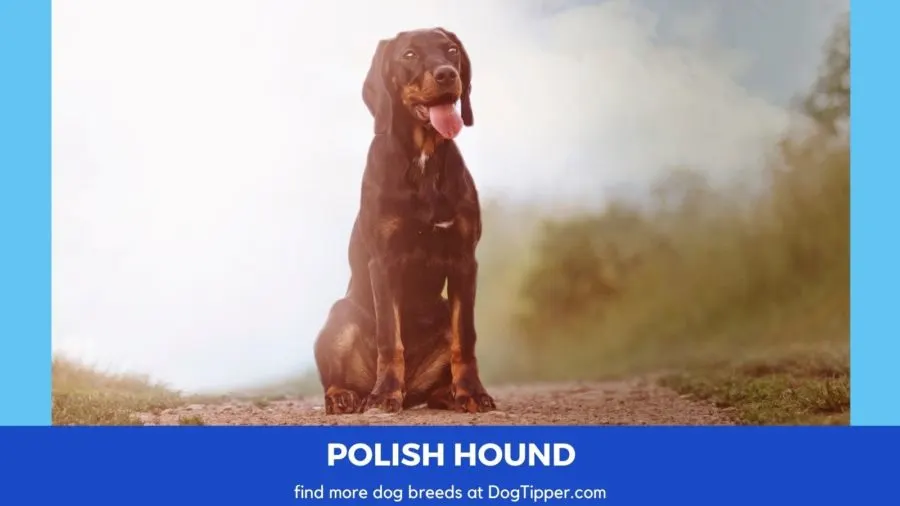
Polish Hound
Polish Lowland Sheepdog
Polish Tatra Sheepdog
Pomeranian
Pomeranian dog breeds have ancestors that were larger, tough sledding dogs. These dogs were purposely bred down in size. Dog historians are not exactly sure what time period this breeding practice took place but probably did take place in Pomerania, an area on the south coast of the Baltic now divided between Germany and Poland.
The original Pomeranian dog breed weighed as much as 30 pounds and typically came in the color of white; to get an idea of what the earlier Pomeranian dogs looked like, you can easily compare them to the Japanese Spitz.
The Pomeranian dog breed was officially recognized by the English Kennel Club in the year 1870. As its popularity grew, the American Kennel Club took notice and officially recognized Pomeranian dogs as a standard breed. From that point on, these dogs were continually bred to be smaller.
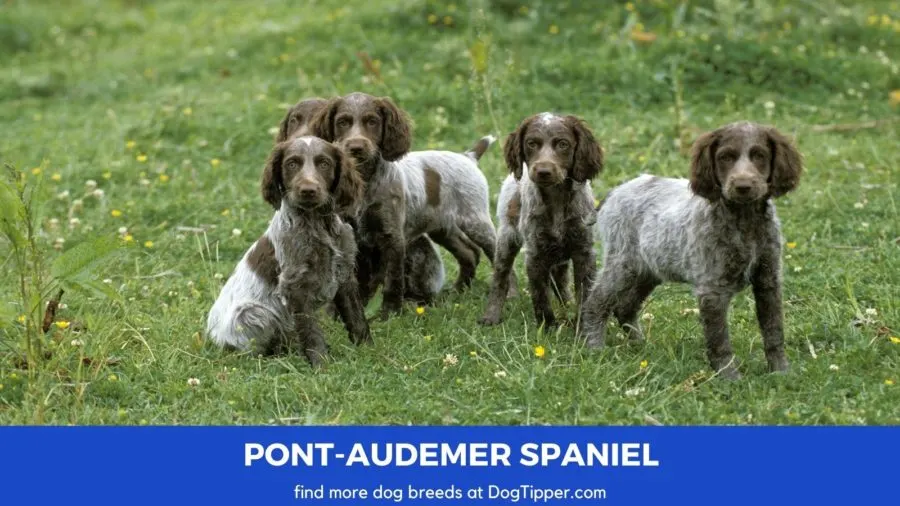
Pont-Audemer Spaniel
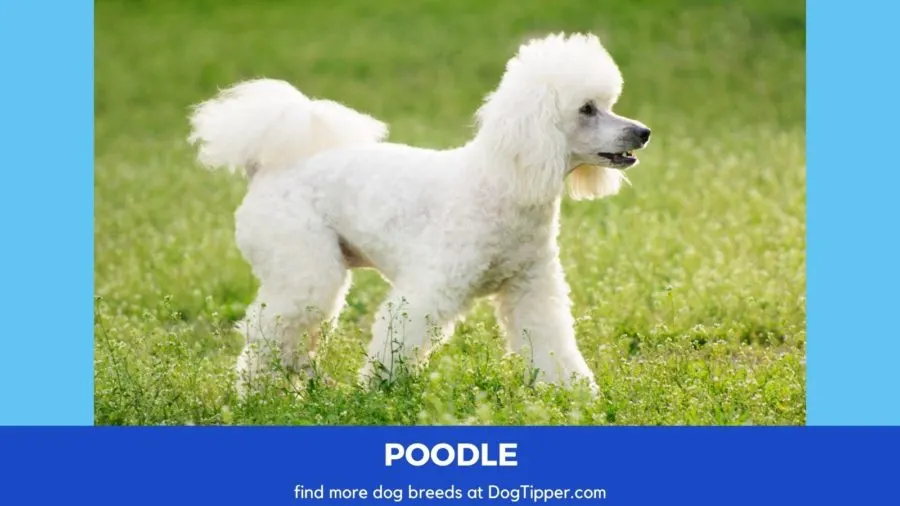
Poodle
The Poodle is ranked as one of the most popular of AKC’s registered dog breeds. Originally used to retrieve small game from water surfaces, the Poodle has become a companion in today’s family households. This dog breed has been mistakenly thought of as having roots from France, however, Central Asia is the actual location in which the Poodle made its start.
The highly intelligent poodle historically served as a military dog, a guide dog, pulled wagons for performers, a guard dog, and eventually became a circus performer. In time, the Poodle found its niche as a fashionable companion for women, favored by the French aristocrats and eventually becoming the official dog of France.
The poodle, known for its hypoallergenic coat, has been used to create many crossbreed dogs or doodle mixes.
Porcelaine
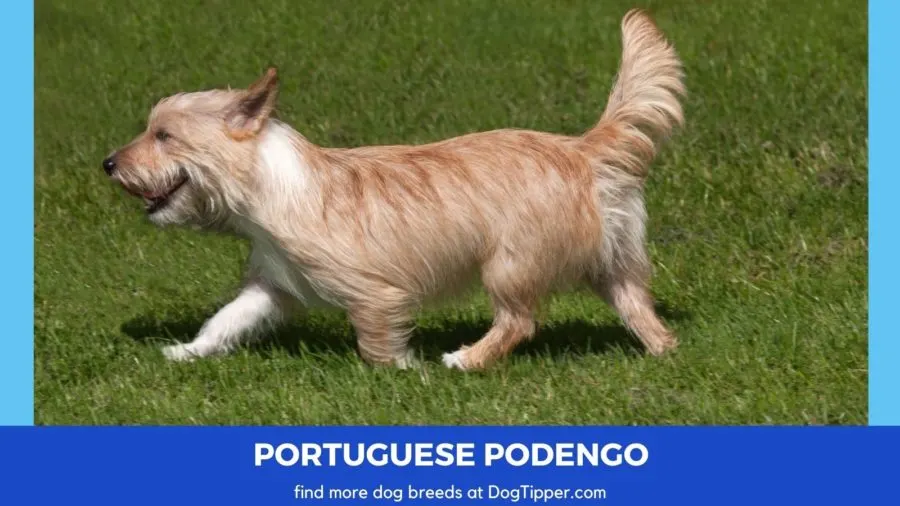
Portuguese Podengo
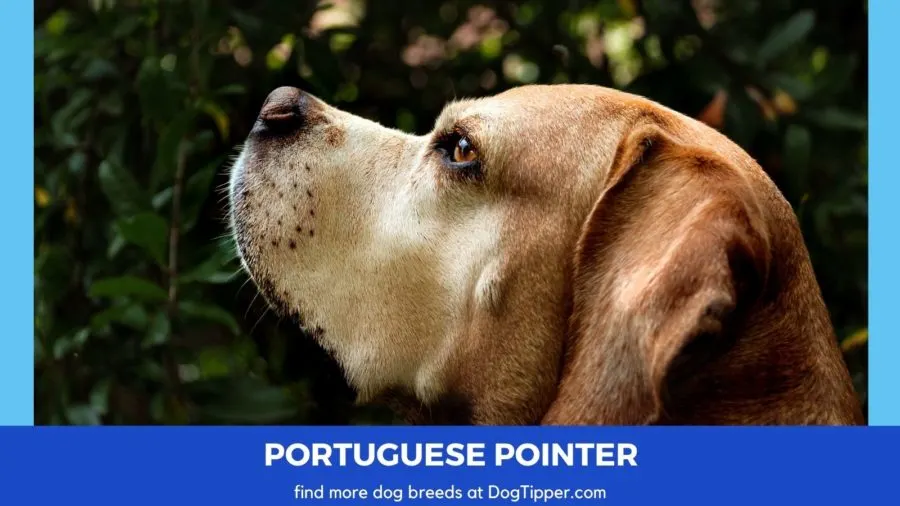
Portuguese Pointer

Portuguese Water Dog
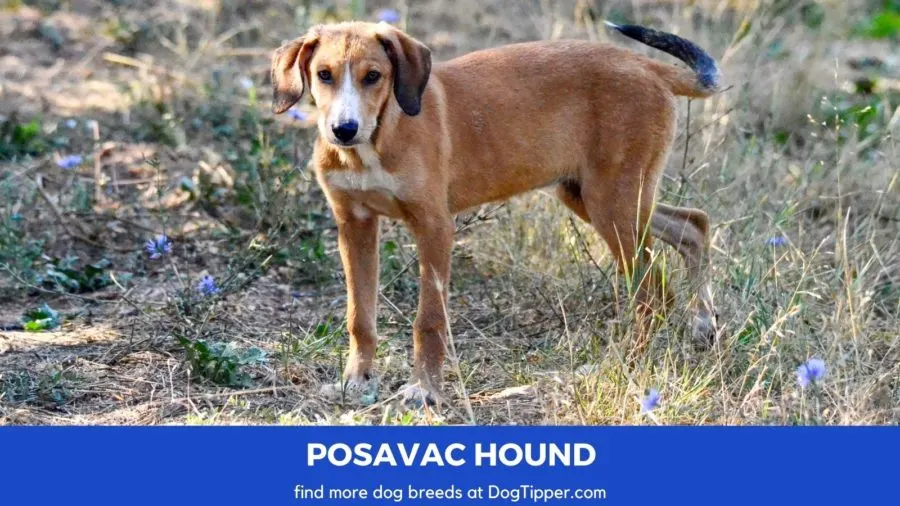
Posavac Hound
Pražský Krysařík
Pshdar dog
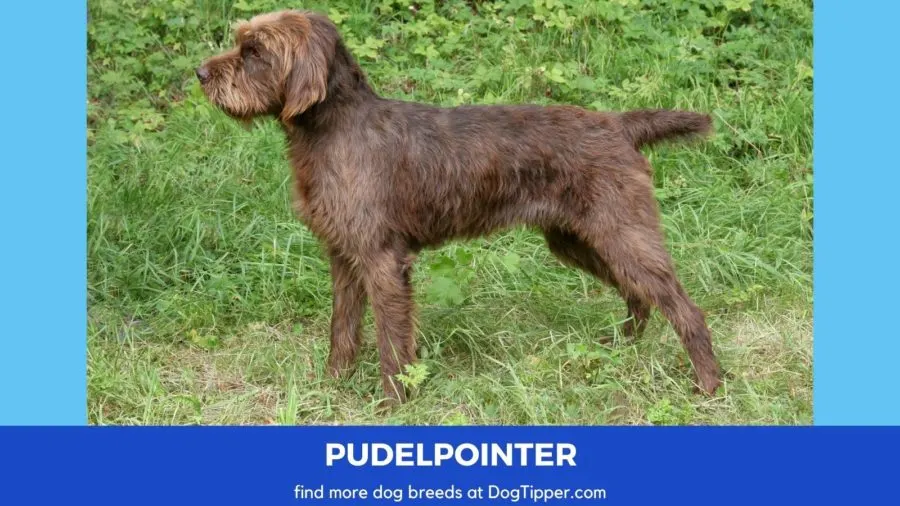
Pudelpointer
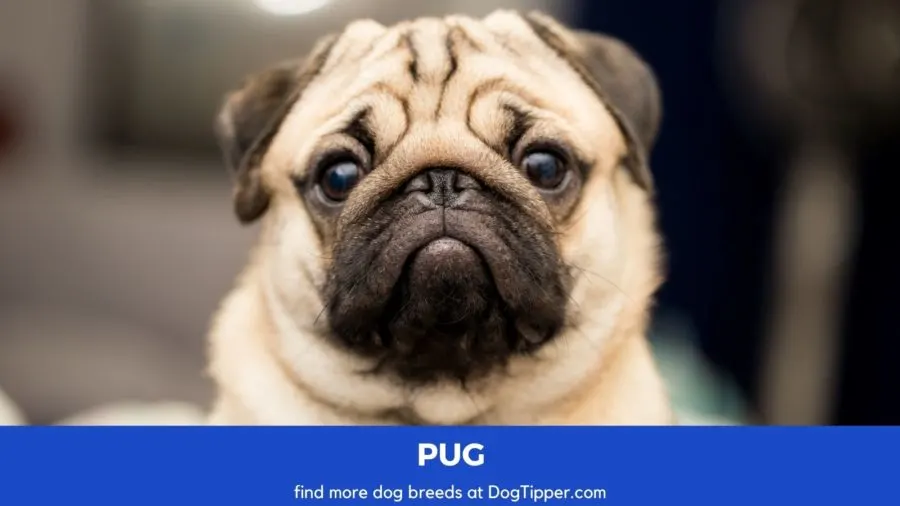
Pug
The Pug is a member of the toy dog group whose name is derived from the Latin word Pugness, which means “fist” due to the fact that their facial features can be said to look like a clenched fist. This dog breed has been recognized by the AKC since the year 1886 and has become an extremely popular pet and show dog. The Pug is extremely amiable, displays a confident personality, and is playful, if a bit headstrong and stubborn.
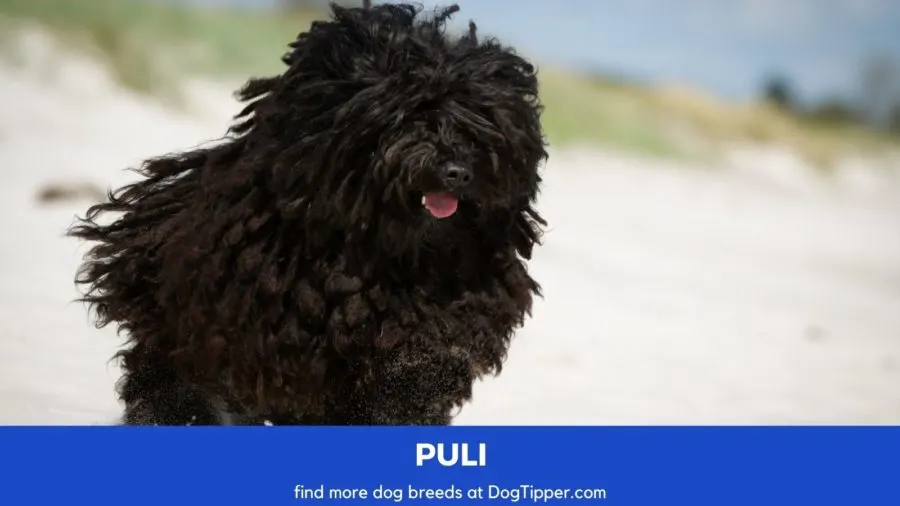
Puli
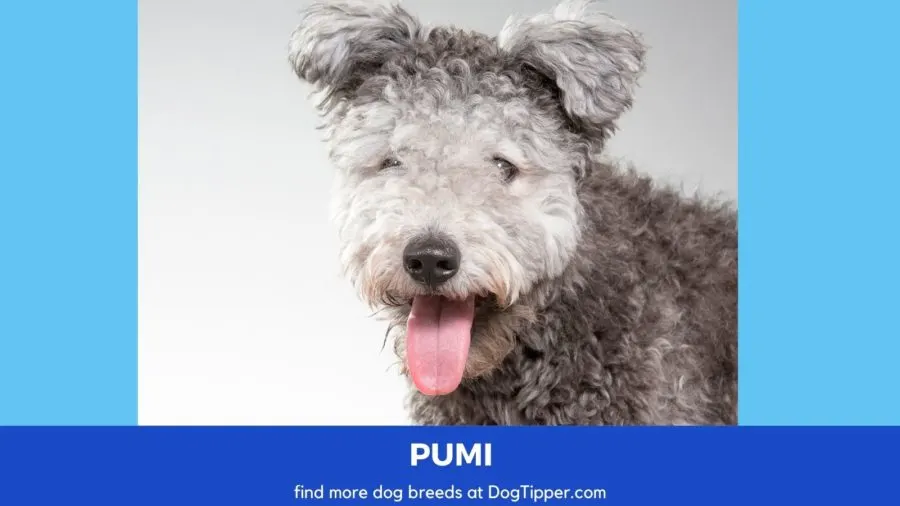
Pumi
Pungsan dog
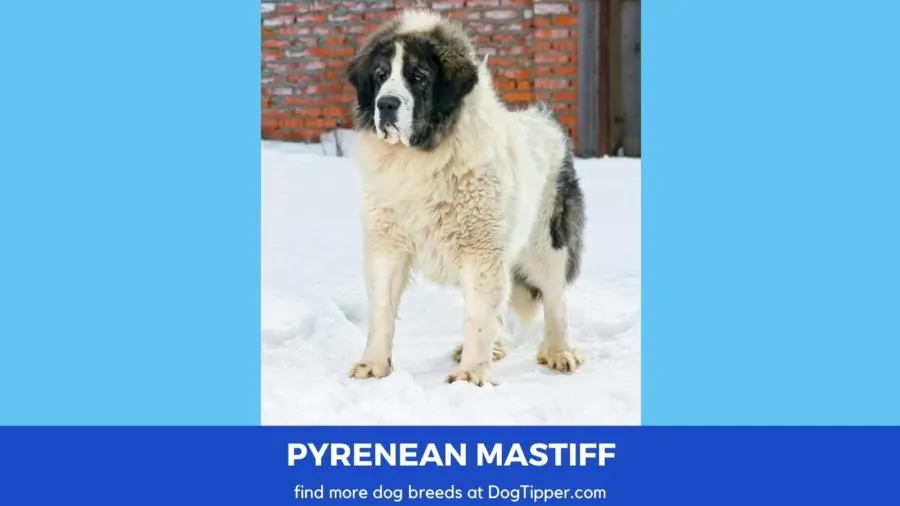
Pyrenean Mastiff

Pyrenean Mountain Dog
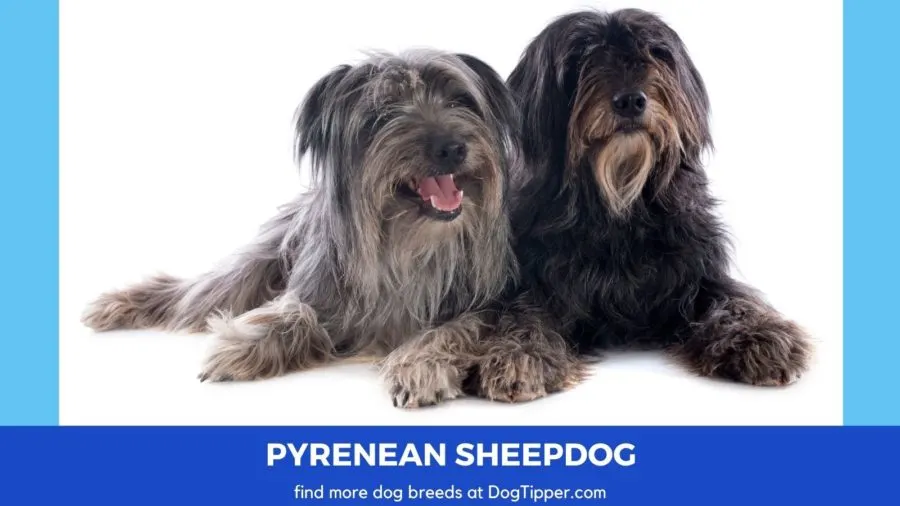
Pyrenean Sheepdog
Explore More Dog Breeds Starting with:
A | B | C | D | E | F | G | H | I | J | K | L | M | N | O | P | R | S | T | V-Z
Photo Credits: Canva.com unless otherwise credited
